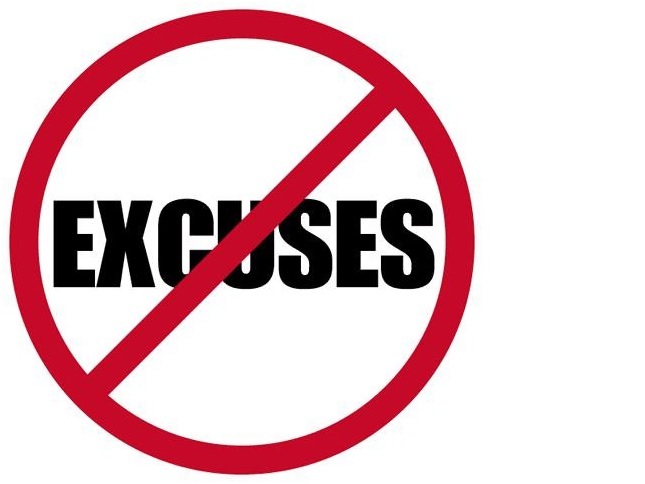Many organizations want to stop workplace bullying and make a concerted effort to address the issue. Yet many are not successful. So, if organizations are trying, why do so many fail when it comes to managing persistent workplace aggression?
Organizations are great at providing training about persistent workplace aggression and some even write good policy on addressing and managing workplace bullying. However, most organizations drop the ball when it comes to enforcing policy and putting their training to work. The failure of most organizations is not holding workers accountable to the policies and to a standard of ethical professional behavior.
This is due in part to the lack of skills needed in order to stop bullying as well as not fully understanding the complexities of workplace bullying. Organizations want a quick fix and there is not an easy way to stop persistent workplace aggression. It takes time for workers to adjust to new expectations and this requires a commitment on the part of the organization.
Workplace bullies are skilled manipulators and conceal their bullying while leadership is watching. Organizations tend to lighten up on the enforcement of a workplace bullying recovery plan after a short period of time especially when the environment seems to be improving. However, organizations need to be cautious and diligent to ensure that persistent workplace bullying has stopped and has not just gone underground.
The key to truly stopping and managing workplace bullying effectively is accountability. Bullies need to be held responsible for their behavior, understand that bullying behavior will no longer be tolerated, and that future bullying has consequences. It is not enough for a leader to say that bullying will stop, but a leader must ensure that it does by accountability.
This can be done through the use of a professional development plan which outlines the expected behavior for workers. An effective professional development plan provides the workers with identified improvement areas and also gives them the tools and skills to be successful. A professional development plan should include short- and long-term goals as well as consequences for continuing to bully. It needs to be utilized in supervision and revised on a regular basis. Most importantly, leaders need to hold workers accountable when they do not meet the standard and demand a standard of healthy, professional behavior for all. Accountability is ultimately the key to stopping bully culture.

